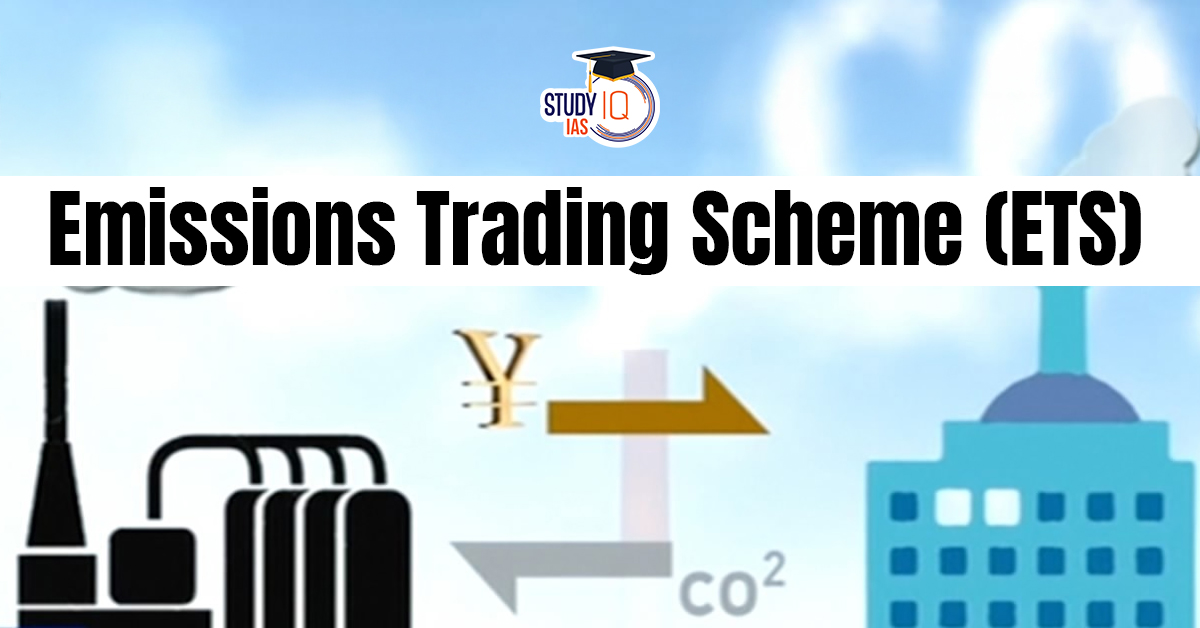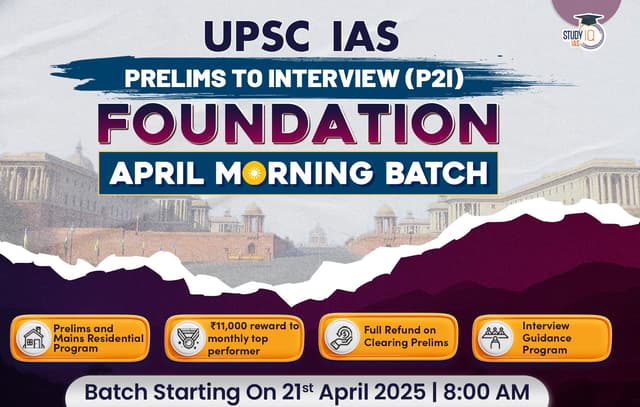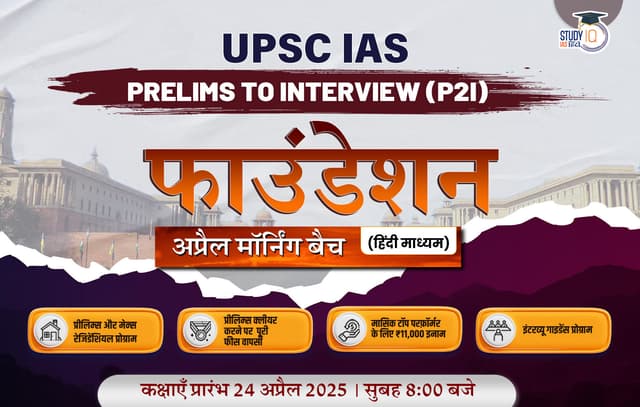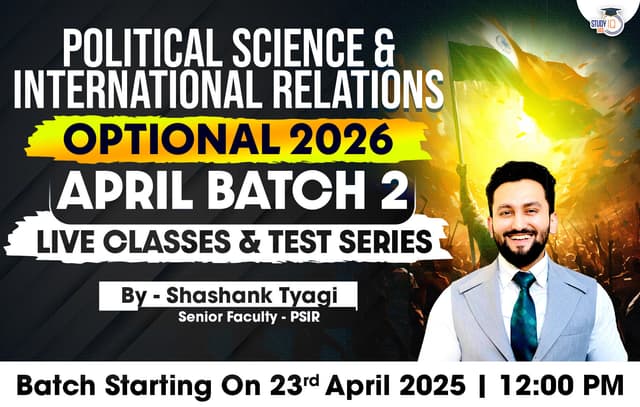Table of Contents
Context: A recent study on the Surat ETS has revealed that employing the market mechanism helped reduce pollution by 20-30% in industrial clusters.
What is an Emissions Trading Scheme (ETS)?
- Emissions Trading Scheme (ETS) is a regulatory tool designed to reduce air pollution (especially greenhouse gases and particulates) by creating a market-based system of permits.
- It is also known as “cap-and-trade”, it sets a maximum limit (cap) on emissions and allows industries to buy and sell emission permits.
- Industries that pollute less can sell their unused permits.
- Industries that exceed limits can buy permits to remain compliant.
Objectives of Emissions Trading Scheme (ETS)
- Reduce pollution in a cost-effective and flexible way.
- Incentivise industries to invest in cleaner technology.
- Replace punitive regulatory enforcement with market mechanisms.
Surat ETS: World’s First for Particulate Pollution
- It is the first ETS in the world to target particulate matter & India’s first emissions market for any pollutant.
- It was introduced in 2019 across 342 highly polluting industries to control fine particulate pollution emitted due to the use of solid fuel sources, such as coal, lignite, diesel, etc.
Key Findings from the Study on Surat ETS
- Participating plants reduced pollution by 20–30%.
- A total of 162 plants were studied – those under the ETS performed better than those under standard regulation.
- ETS plants had permits to cover emissions 99% of the time.
- Non-ETS plants failed to meet norms for nearly 1/3rd of the study period (almost two years).
| India’s Current Model (Command-and-Control) |
ETS Advantage
|


 Accredited Social Health Activists (ASHA...
Accredited Social Health Activists (ASHA...
 World’s 1st Unique Q-Shield Platform a...
World’s 1st Unique Q-Shield Platform a...
 New Phase of Operation Chakra to Combat ...
New Phase of Operation Chakra to Combat ...





















